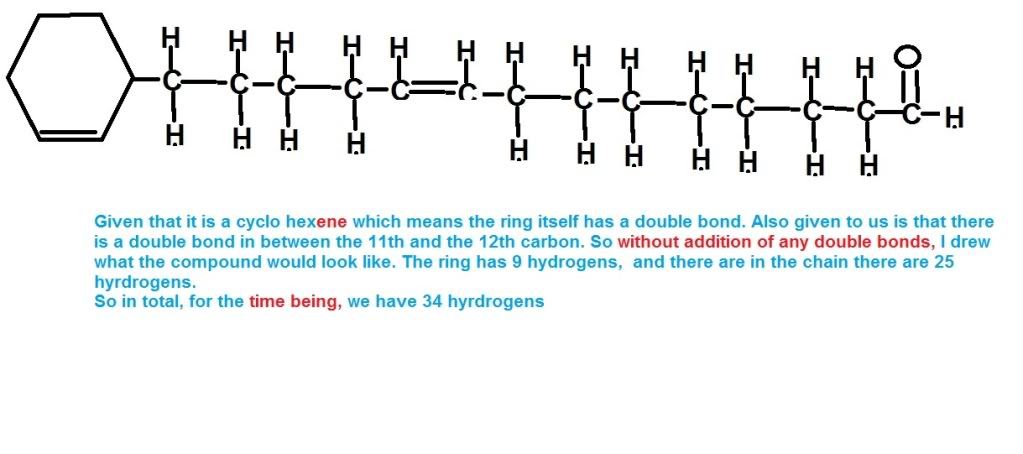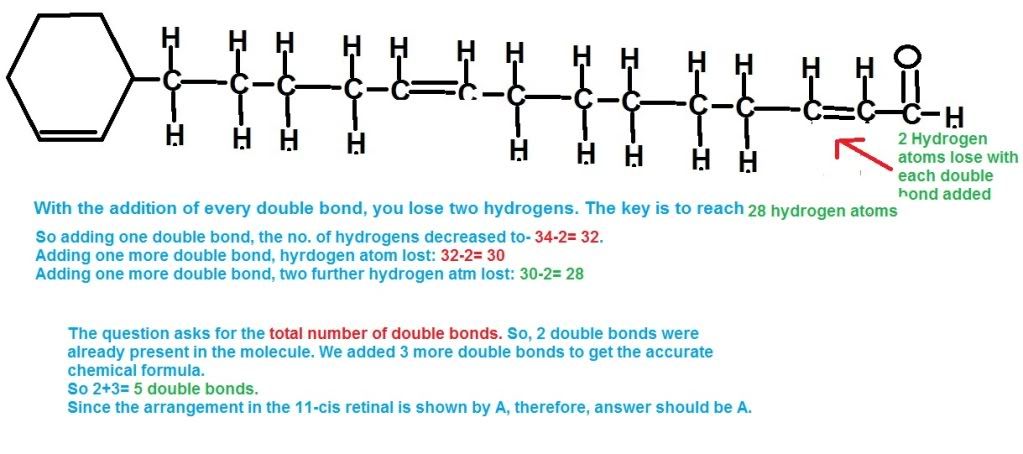- Messages
- 3,937
- Reaction score
- 14,646
- Points
- 523
yaaa that helped..!! A LOOT!!its a nucleophilic substitution bcoz d C atom bonded to the hydroxyl grp will carry a partially positive charge (diff in electronegativity of O n C).
This makes it open to nucleophilic attack. ie the partially -ve halogen atom in hydrogen halide will attack the bond btw the C n hydroxyl grp..
Hope i helped!!
(i kinda tend to miss the most obvious stuff..!!
thnx once again



